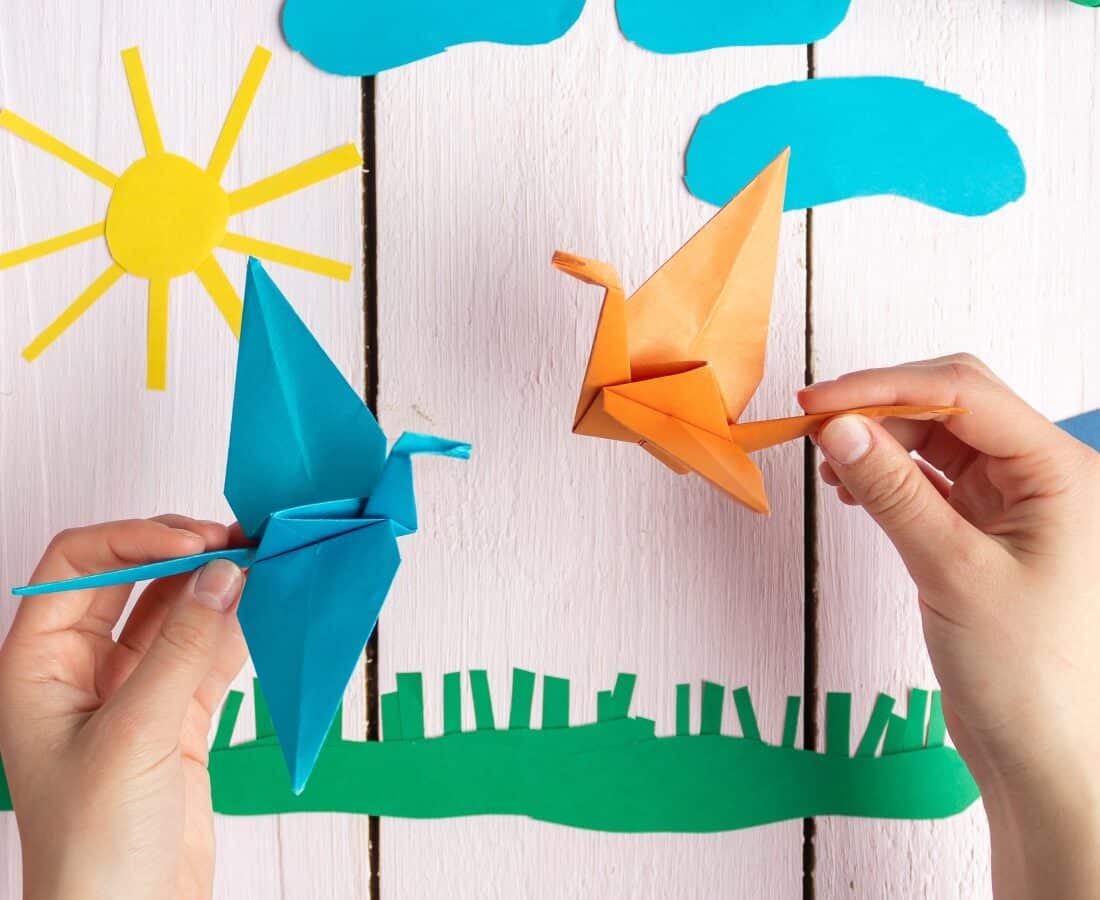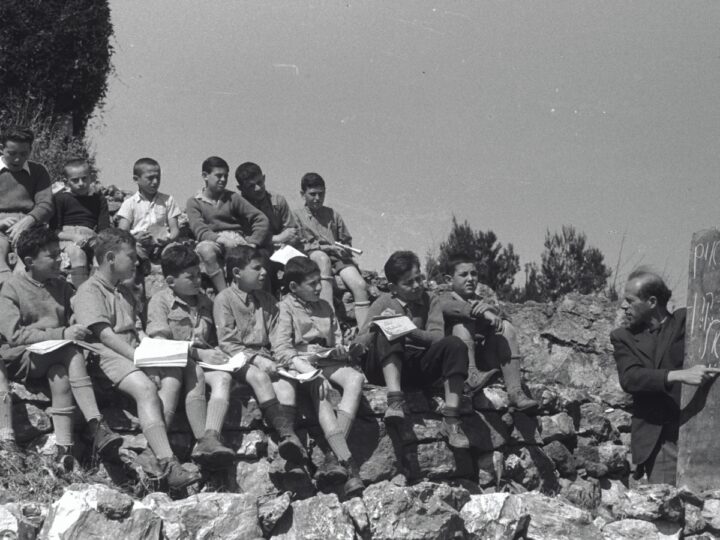How many people, aside from future math majors, can honestly say they enjoyed geometry class? And yet geometry is one of the integral aspects of basic math, without which none of us would have been able to graduate.
Origami artists and married couple Miri Golan and Paul Jackson decided a few years ago to change this upsetting status quo by founding Origametria.
Geometrical revolution
“The geometry curriculum around the world is the same. They put geometry in a book, made it two-dimensional, and killed it,” Golan tells ISRAEL21c. “So what we’re doing is a revolution. We brought it back to life.”
The platform was created to introduce preschool and primary grades to geometry in a fun way. The children watch instructional videos on Japanese paperfolding and repeat the movements independently, while learning in the process about geometric shapes, size, position, angles and dimensions.
The children fold models in class and take them home. “They go away with a cat or a dog, or a heart. It gives them a sense of achievement, of ownership,” says Jackson. “But, it’s in the sequence of making the model that they focus on the topic.”
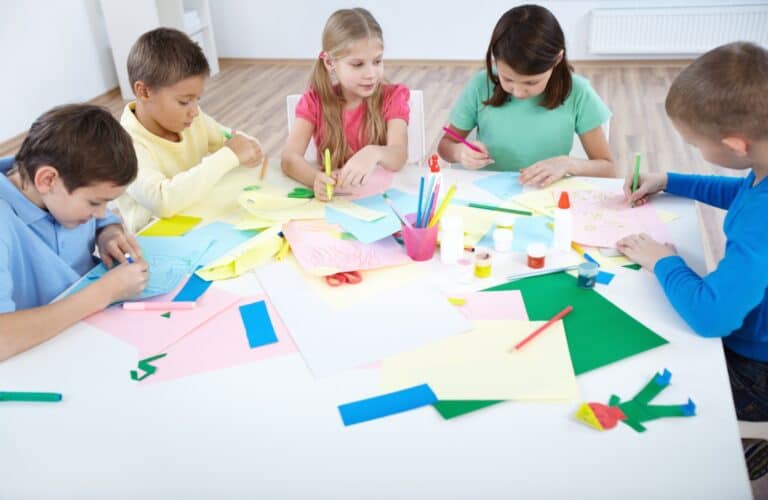
The couple has been working on the concept for Origametria since 2012, slowly developing, crafting and perfecting the system before incorporating in 2018 and winning approval of the Education Ministry.
“Each lesson [in the program] takes half a year to develop,” explains Golan.
The company’s big break came in 2020 with the start of the coronavirus pandemic. Educators were scrambling to find online study methods and came across Origametria. Soon, it jumped from 100 schools to 600 schools.
Golan and Jackson developed their method with Johnny Oberman, a PhD mathematician who was for many years on Israel’s math curriculum advisory board.
Golan runs the operations as the CEO, Jackson creates the origami models for the curriculum as the creative director, and Oberman is responsible for the mathematical calculations.
Jackson says the method already shows results. Test scores of children improve by 80 percent when they study with Origametria, he says. In addition, children with learning disabilities, such as ADHD, participate in lessons even more actively than their counterparts.
From art to math
The couple met at an origami conference overseas in 2000, and immediately fell in love. Jackson, who grew up in England, moved to Israel to be with Golan and the couple eventually got married.
Despite never formally studying the Japanese artform, Jackson is one of the world’s most accomplished origami artists outside of Japan. His 40 books on the paperfolding art have been translated so far into 11 languages.
“My professor in art college once asked me to bring my origami designs to school because he didn’t really know [origami]. I very proudly brought them and put them on the table in front of him. He got very angry, knocked them onto the floor and swore to get them out of the art school.”
Following that meeting, Jackson was dead set on proving his naysayers wrong. So he became a professional origami artist in London in the 1980s. “For two years I had no work. But eventually, if you keep knocking on doors and showing up, things happen.”
He taught in world’s most prestigious art schools and is now a lecturer at the Shenkar College of Engineering, Design and Art in Ramat Gan. “The students call me ‘the origami teacher,’ which I hate,” Jackson laughs.
“Origami is not something that’s strictly for children,” Jackson points out. “There was an origami consultant on NASA’s James Webb Space Telescope. It’s in engineering, design, science, education and even therapy.”
Test scores of children improve by 80 percent when they study with Origametria.
Golan, meanwhile, founded the Israeli Origami Center and spent years using origami to help children with special needs develop their social skills.
“When I was six, I saw a lady on the black-and-white TV folding a crane. I didn’t know it was called origami, but every time I was in class when I wanted to concentrate I would fold paper,” she explains. “When I grew up I realized what I was doing was origami. So I went to Japan in 1989 to learn about it.”
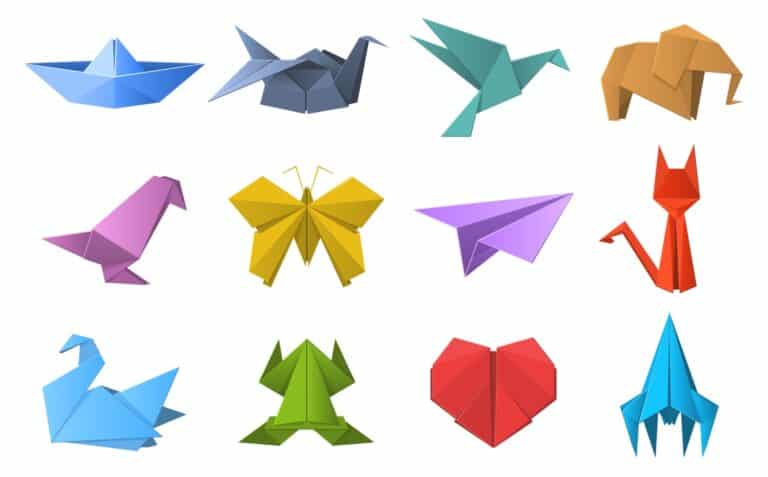
When she came back to Israel in 1992, she tried to make use of her new skill.
“I went to a city council meeting in Tel Aviv and talked for hours about origami,” she recalls. Golan was offered a teaching job at an art school and a special needs school. She chose the latter, and stayed there for 20 years.
From Friedrich Froebel to Origametria
“The connection between origami and geometry goes back a long, long way. In the 1800s, German educator Friedrich Froebel [the founder of the kindergarten system of education], used to teach paperfolding to his students. Partly to teach them geometry,” says Jackson.
“When you start to fold paper, it’s inherently geometric. The link is very clear. But the teachers who’ve been using origami to teach geometry in recent years didn’t have a curriculum. This is one of the innovations that we’ve introduced.”
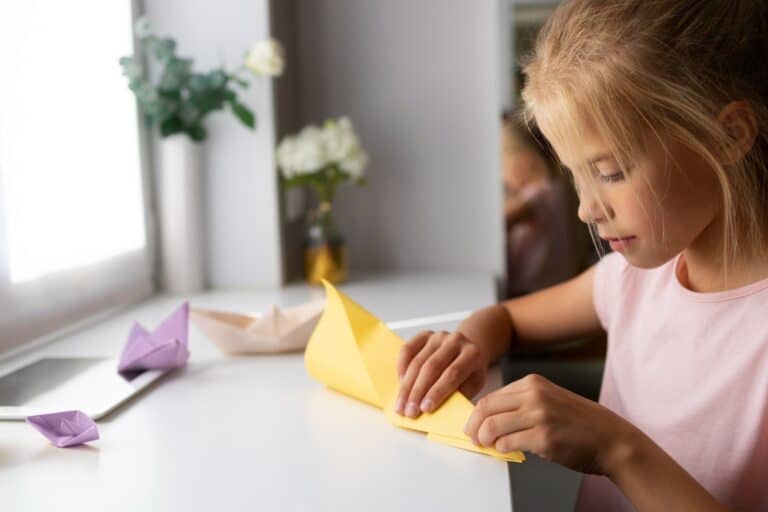
Golan emphasizes that Origametria’s curriculum has been adopted by schools all over the country, including in Arab schools and 200 ultra-Orthodox educational institutions. “This is part of our experience, to know and work with different populations.”
Recently, the company’s e-learning platform has undergone a revamp and is now partially operated by AI. “Now, when the teacher opens the platform, Origametria teaches the teacher.”
The 12-strong startup never received any grants from government ministries or organizations. “We put our own money into developing it and once it was approved by the Education Ministry, licensed it to them,” says Jackson.
The couple currently is raising seed funding to take Origametria overseas. They will travel to the United States in October to fundraise and examine the possibility of making the platform available in American schools.
For more information click here.




